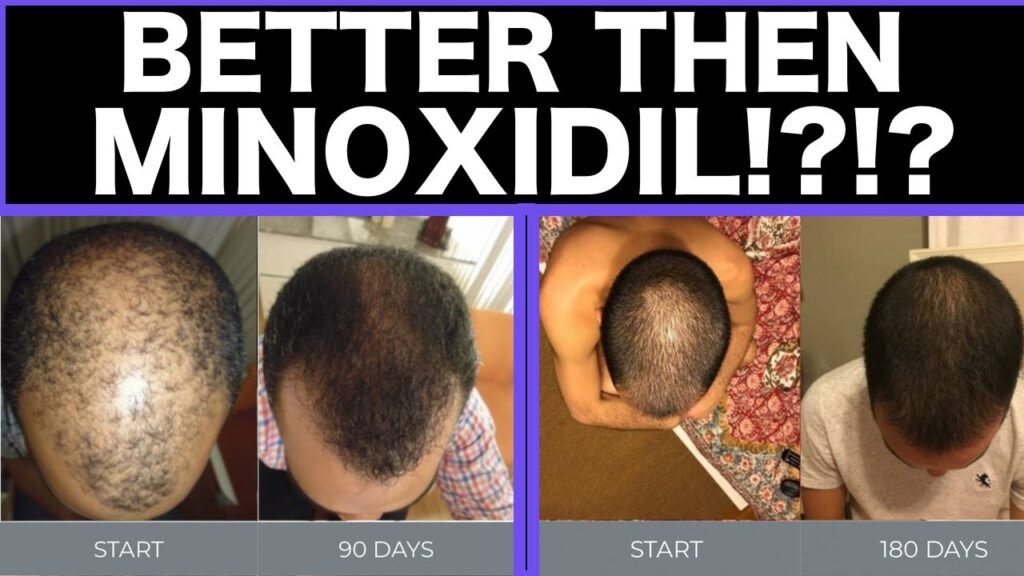Drawbacks of choosing Minoxidil vs redensyl
When considering hair regrowth treatments, both Minoxidil and Redensyl have their unique benefits and limitations. However, there are several drawbacks associated with choosing Minoxidil over Redensyl that potential users should be aware of. One of the primary concerns with Minoxidil is its potential for side effects. Common side effects include scalp irritation, itching, and dryness. In some cases, users may experience more severe reactions such as unwanted facial hair growth or changes in hair texture. These side effects can be particularly bothersome for individuals with sensitive skin or those looking for a more natural approach to hair regrowth.
Another significant drawback of Minoxidil is the commitment required for its continued use. Once you start using Minoxidil, it must be applied consistently, usually twice a day, to maintain hair growth results. If you stop using the product, any new hair growth may be lost, and the condition of your hair may revert to its original state. This ongoing commitment can be a disadvantage for individuals who prefer low-maintenance solutions or are concerned about the long-term implications of using a synthetic product on their scalp.
In contrast, Redensyl, which is often marketed as a plant-based alternative, may present fewer side effects and a more convenient application routine. While Minoxidil has been clinically proven to be effective for many users, its drawbacks, such as potential side effects and the necessity for ongoing use, can be significant factors for those evaluating their options. Understanding these potential disadvantages can help individuals make a more informed decision when choosing between these two popular hair regrowth treatments.


